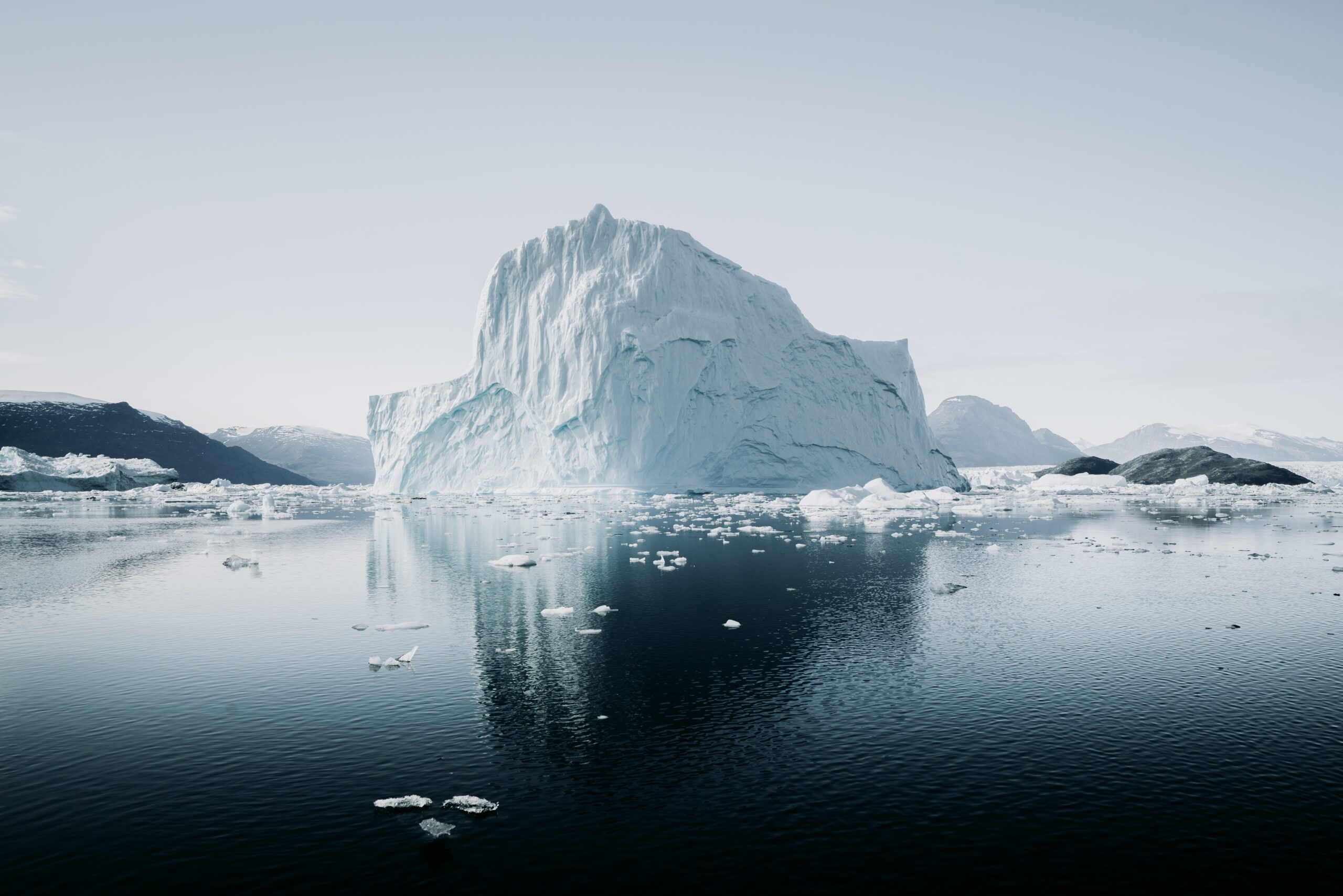So, you have the most unusual journey that you will remember all your life! But travelers should not forget that the Antarctic is the most severe region on the planet. Here you will face frosts, strong winds, snowstorms, and fogs. The average temperature in winter varies from -76 to -94 ℉; in summer, it ranges from -22 to -58 °F. However, on the coast, where most tours pass, the climate is milder — winter temperatures are from 17 to -31 °F, and summer ones vary from 32 to 23 ℉.
How to pack to not freeze in such harsh conditions of high latitudes? Ordinary fur coats and down jackets obviously won’t work here. We have prepared interesting tips from polar explorers on how to get ready for Poseidon Expeditions and not suffer from the peculiarities of the climate.
The More Layers, The Warmer
Polar explorers know firsthand about multi-layered clothing, but a novice tourist most often doesn’t even think about the nuances and prefers thick warm sweaters. However, the polar researchers strongly recommend using the principle of layered clothing:
- The first layer (thermal underwear) regulates body moisture. As a rule, it consists of a long-sleeve sweatshirt and tight leggings.
- The second layer (hoodies, pants, thin down jackets, vests, sweaters, pullovers) provides insulation and warmth.
- The third layer (down jackets, warm trousers, polar suits) protects from precipitation (rain, hail, snow, cold fog) and wind.
The principle of layering provides the necessary protection, warmth, and comfort. At the same time, it doesn’t matter what you do — in such clothes you can enjoy sea views from the liner and explore the coast. Simplicity and convenience lie in the fact that the layers of clothing are easily changed depending on the degree of load and weather changes.
Pack the Waterproof Clothing
Remember that moisture is the enemy of warmth. It’s important for tourists to ensure optimal sweat removal, and the best way to do this is to choose high-quality thermal underwear that is soft and pleasant to the body.
Modern thermal underwear is made, as a rule, from synthetic materials (Polartec® Power Stretch Pro®, Pontetorto®, FielSensor®) and even has an antibacterial effect, preventing the formation of sweat odor. One set of each item will not be enough. It is better to take two sets of thermal underwear and 3 pairs of thermal socks.
Tourists should also bring waterproof outerwear. You might be thinking, “We’re not going to a rainy region, are we?” However, waterproof courses and pants for cruising on boats and land walks are one of the most important items on the list of things. Water splashes and condensing steam can dampen your clothes and compromise your warmth. So, choose outerwear made of:
- Gore-Tex;
- Gelanots;
- Polartec;
- Neoshell;
- Dermizax;
- Event.
Clothing made from these materials provides good protection against wind, rain, snow and is equipped with additional ventilation.
Before the trip, it’s advisable to check the waterproofness and comfort of the trousers. You can dive into the water to a depth of 8-10 inches at home in the bathroom and see if the pants are soaked from the inside. They need to be worn over boots to prevent water from entering the footwear from above. Therefore, the trousers` legs should be wide enough at the bottom to fit rubber boots.
Don’t Forget Sunglasses and SPF Cream
Indeed, you are going to the coldest and harshest region of the planet, not to a resort, but you’ll have to get high-quality sunglasses and SPF cream. Snow sunburn is a special tan that occurs due to the reflection of ultraviolet and infrared rays from the snow. Typically, this effect requires crystal white snow, bright sun, and dry weather — and it most often meets a traveler in the Antarctic.
Snow tan differs from beach tan in its intensity. If we lie on the beach, then most of the rays are absorbed by the sand, and the skin suffers less. Snow practically doesn’t absorb ultraviolet rays, and they fall on the skin in greater quantities. Additionally, the skin is exposed to the entire spectrum of radiation, including infrared. And this is already a thermal spectrum, which leads to an exacerbation of all skin diseases — for instance, eczema, dermatitis, etc.
So, your luggage should include tinted ski or snowboard goggles (they work great, especially in high winds and snow). Also, don’t forget to pack creams with a UV filter of at least 100 SPF. Such a product is good for wind protection and has many nourishing oils.
Additional Tips
If the upcoming trip to the Antarctic is your first time, then make sure that you take some things with you that may not immediately come to mind:
- medicine for seasickness, because you will have to spend a lot of time on the liner;
- waterproof cases for your equipment (smartphones, cameras);
- spare batteries for equipment and memory cards;
- moisturizer and lip balm;
- evening clothes for welcome and farewell dinners with the captain;
- binoculars for observing distant objects;
- socket adapter.
All in all, these are the basic things you might need on your trip to the Antarctic. Don’t forget the three key tips from the polar explorer — wear layered clothing, be wary of moisture, and be sure to wear sunglasses and use SPF cream! Enjoy your journey to the fullest!
Similar Posts:
- Walmart Underwear Return Policy [without Tags, Used, No Receipt, Bras + More!]
- Applications Of Thermal Imaging Systems
- Why Does it Snow?
- Target Underwear Return Policy (Underwear, Bras, Lingerie, No Receipt + More)
- Why Does Oil Float on Water?
- Embracing Cozy Elegance: Women’s Knitwear Essentials for Style and Comfort
- Why Are My Veins So Visible?
- Does Walmart Sell Victoria’s Secret Gift Cards?
- Why is There a Hole in Boxers
- Does Ups Leave Packages In The Rain? (waterproof Packaging, Outside + More)

